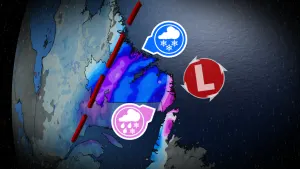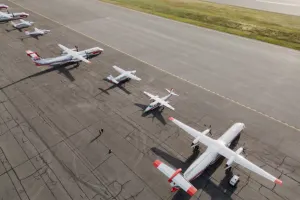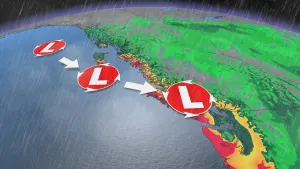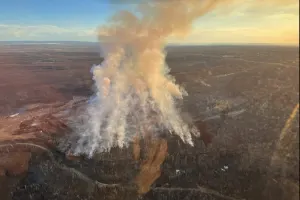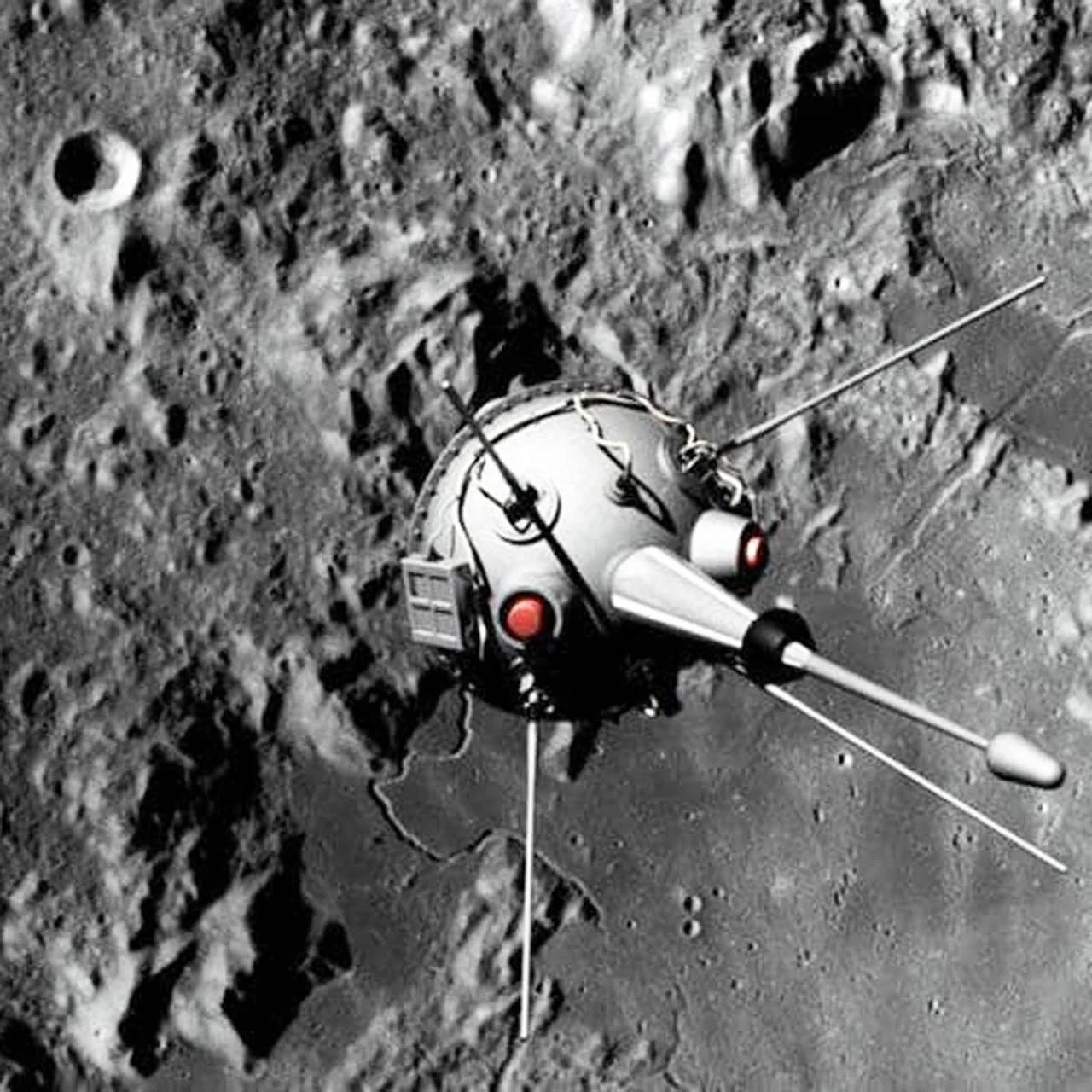
September 14, 1959 - Soviet Moon Crash Jolts The Space Race Pace
The Soviet's success in sending a rocket to the moon provoked an even greater effort by the United States to gain an advantage in the Space Race.
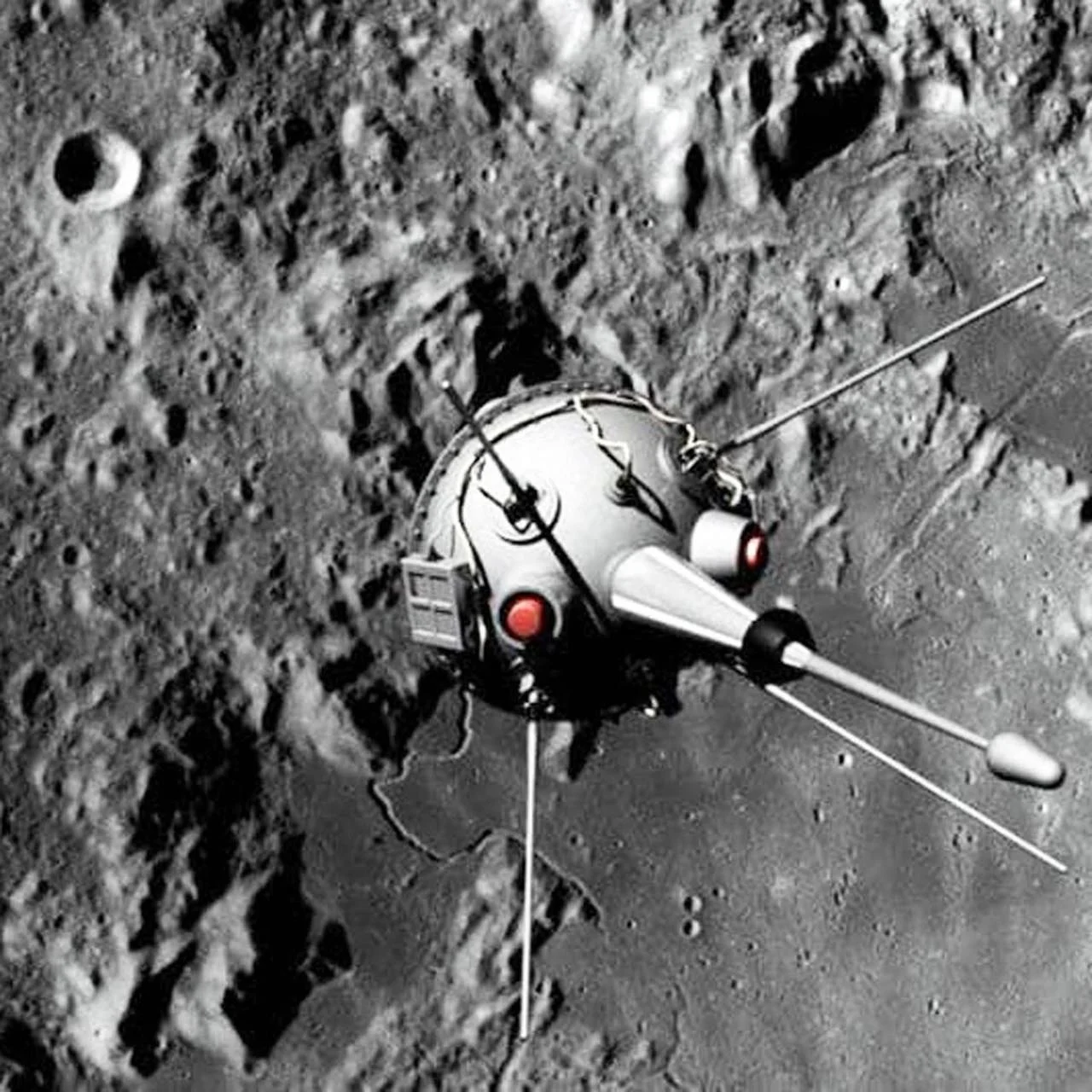
Photo: NASA.
Subscribe: Apple Podcasts | Amazon Alexa | Google Assistant | Spotify | Google Podcasts | iHeartRadio | Overcast
The historic Space Race was a 20th-century battle between two Cold War rivals, the former Soviet Union and the United States, to be the leader in spaceflight capability. Its origins can be traced back to the ballistic missile-based nuclear arms race between them following the Second World War.
The Space Race gripped the planet as it pitted the two world power rivals against each other. Among the timeline of the events was the impassioned speech delivered to Congress by President John F. Kennedy on May 25, 1961.
On Sept. 14, 1959, the Soviets took their own giant leap when they announced unexpectedly that clear skies had helped them initiate their own launch to scout out the possibility of a moon landing. Yes, a rocket carrying the very familiar red flag with the gold sickle and hammer of the Soviet Union had crash landed onto the moon’s surface. They made it.
The Soviet's success in sending a rocket to the moon provoked an even greater effort by the United States to gain an advantage in the space race.
On today's podcast, Chris Mei talks about the infamous Space Race between two of the world's superpowers and how the Soviet Union's moon crash landing sped up the battle to become the first country to develop spaceflight capability.
"This Day In Weather History” is a daily podcast by The Weather Network that features unique and informative stories from host Chris Mei.







